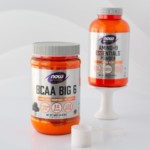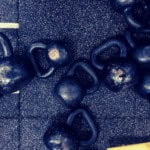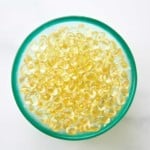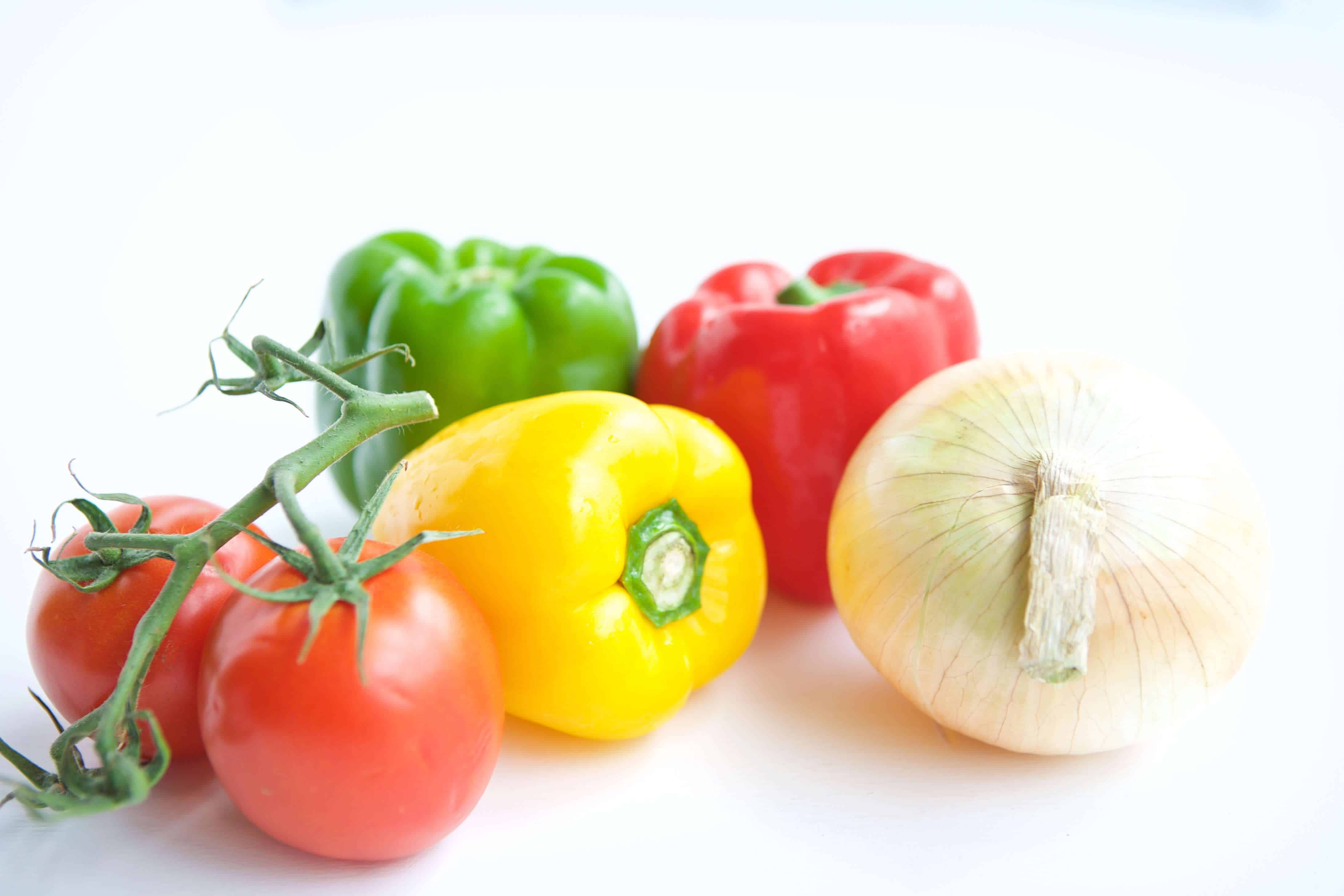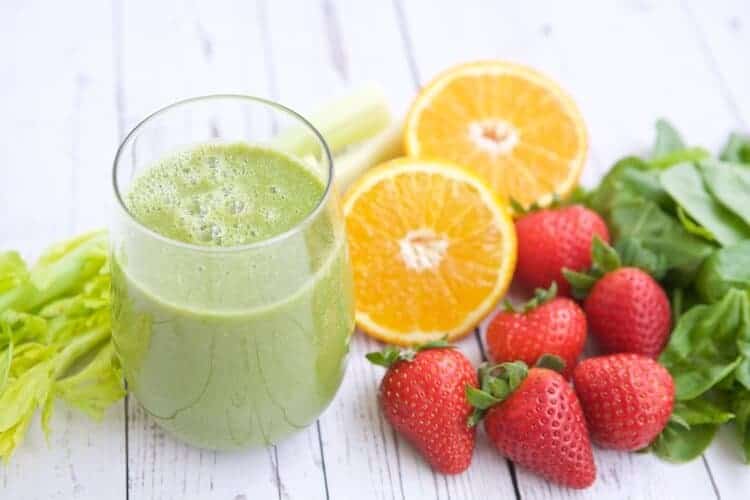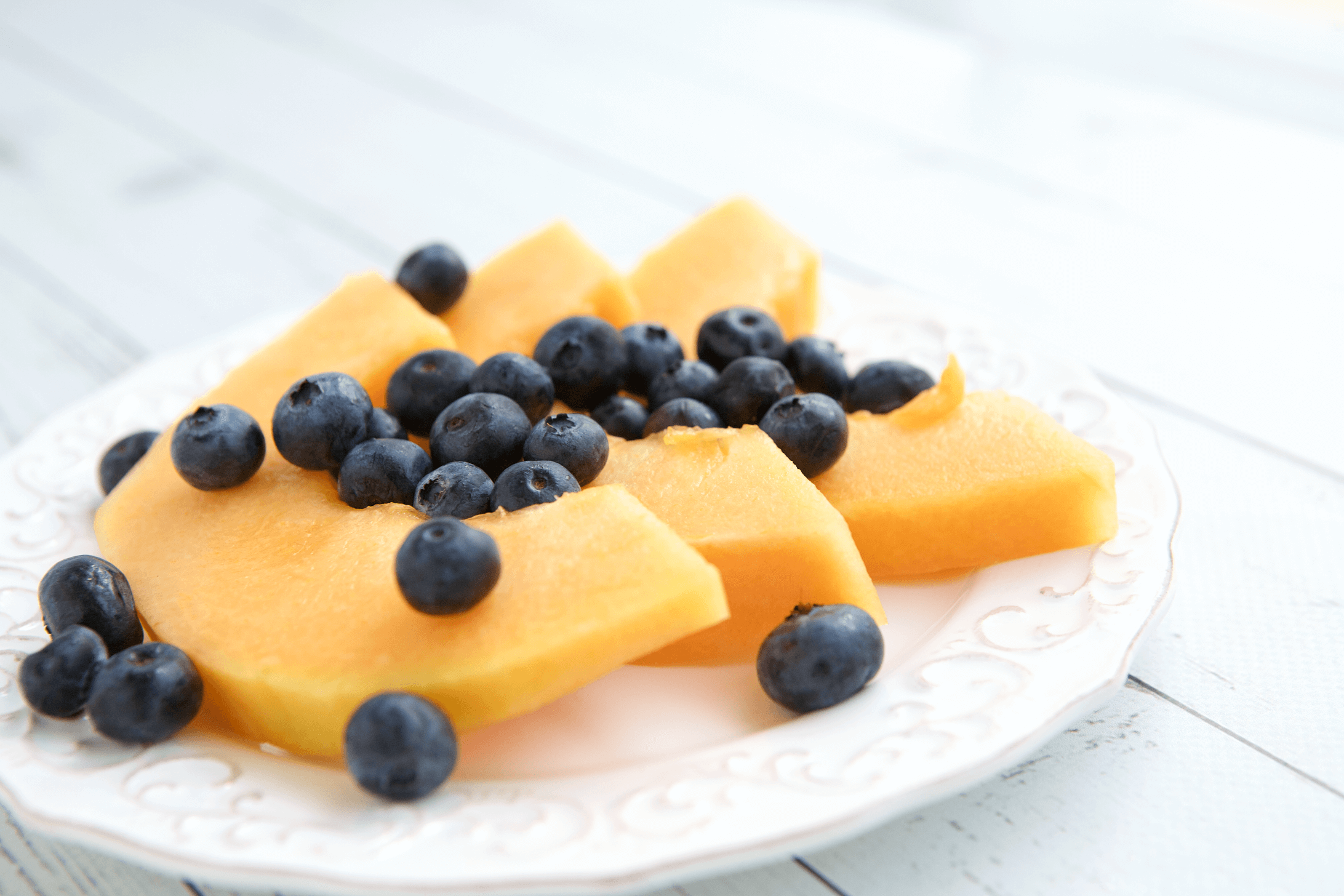 The month of June is not only the start of summer but also national fresh fruits and vegetables month! Knowing the best way for storing fruits and vegetables can reduce unnecessary waste and keep your fruits and veggies- well fresh! Here are some helpful tips to keep in mind the next time you’re unloading your groceries.
The month of June is not only the start of summer but also national fresh fruits and vegetables month! Knowing the best way for storing fruits and vegetables can reduce unnecessary waste and keep your fruits and veggies- well fresh! Here are some helpful tips to keep in mind the next time you’re unloading your groceries.
We’ve all experienced at one time or another, opening the fridge that we stocked just a few days ago- to find (or smell) that our once fresh produce has already started to go bad. Properly storing fresh fruits and vegetables can not only maximize the storage life, texture and flavor, but also the nutritional benefits!
One of the best ways to reduce unnecessary waste is to buy just enough produce for a few days out. Sometimes life happens and this isn’t always possible. One trick for those of you who like to make only one or two trips to the supermarket a week is to store produce you don’t plan on using right away in the freezer. Freezing can preserve fruits and vegetables for up to an entire year! One of my favorite tricks is to store fresh fruits in the freezer and throw them into a morning smoothie, yogurt parfait or just to enjoy as an afternoon snack!
Try throwing some frozen strawberries into this strawberry orange green smoothie recipe- it’ll help keep the smoothie cold and gives it a nice creamy, thick consistency!
A general rule of produce storing is that you want to separate your fruits from vegetables both in the fridge and on the countertop. The reason for this is vegetables give off a natural ripening agent known as ethylene. When you store fruits that give off this emission near susceptible vegetables, it speeds up the ripening process of nearby vegetables and can actually cause them to expire earlier than they normally would.
If you want to speed up the ripening process of some fruits- such as avocados, apricots or bananas, you can put them in a paper bag, close the top, and leave them overnight. This trick expedites the ripening process when you don’t want to wait for it to fully ripen on its own!
Another important rule of produce storing, is not to wash your fruits or vegetables prior to storing them. Water speeds up the ripening process and can cause your vegetables to become mushy, smelly and brown. I really like using these storage containers because it keeps fruits and vegetables lifted and able to "breathe".
Below is a list of fruits and vegetables and where they should be stored, whether it’s in the fridge on a shelf, in a refrigerated draw or in a dark area on the countertop. These little tricks can extend the shelf life of your fresh fruits and veggies and save you from taking unwanted trips to the grocery store every few days. It can also help you reduce the amount of waste generated from throwing out good produce gone bad.
Apples: Room temperature (about 70°F) or in a refrigerated draw (about 40°F)
Apricots: Room temperature
Artichokes: Refrigerated draw
Asparagus: Refrigerate (keep in plastic bag)
Avocados: Room temperature
Bananas: Room temperature
Basil: Room temperature (in water)
Beets: Room temperature or refrigerated draw
Blueberries: Refrigerate
Broccoli: Refrigerated draw
Brussels Sprouts: Room temperature on stalk or refrigerated draw
Cabbage: Refrigerated draw
Cantaloupe: Room temperature (whole), refrigerate when cut
Carrots: Refrigerated draw
Cauliflower: Refrigerated draw
Celery: Refrigerated draw (keep in plastic bag)
Cherries: Refrigerate
Citrus fruits: Room temperature
Corn: Room temperature (in husk)
Cranberries: Refrigerate
Cucumbers: Refrigerated draw
Eggplant: Refrigerated draw
Garlic: Room temperature
Ginger: Room temperature
Grapes: Refrigerate
Green Beans: Refrigerated draw (keep in plastic bag)
Kiwi: Room temperature, refrigerate when ripe
Mango: Room temperature (whole), refrigerate when cut
Mushrooms: Refrigerate
Onions: Room temperature (dry); refrigerate when cut
Papaya: Room temperature or refrigerator draw
Peaches: Room temperature, refrigerate when ripe
Pears: Room temperature, refrigerate when ripe
Peas: Refrigerated draw
Bell Peppers: Refrigerated draw
Persimmons: Room temperature, refrigerate when ripe
Pineapple: Room temperature (whole), refrigerate when cut
Plums: Room temperature, refrigerate when ripe
Pomegranate: Room temperature
Potatoes and Sweet potatoes: Room temperature
Raspberries/Blackberries: Refrigerate
Leeks: Refrigerated draw (keep plastic bag)
Lettuce: Refrigerated draw (keep in plastic bag)
Spinach: Refrigerated draw
Summer Squash: Refrigerated draw (keep in plastic bag)
Strawberries: Refrigerate (whole and/or cut)
Tomatoes: Room temperature (don’t store on top of each other)
Watermelon: Room temperature (whole), refrigerate when cut
Winter Squash: Room temperature
Generally, we end up wasting about 25% of produce due to spoilage and premature browning. Annually, in the U.S. alone this translates to about 40 percent or $165 billion worth of food that goes uneaten every year. As consumers, we have a responsibility to do our part to reduce this amount of waste and create a more sustainable lifestyle for ourselves and the rest of the world- and it could be as easy as making small changes such as how and where you store your fruits and veggies!
Special thanks to my intern, Avery, for writing this article. Great job Avery!
Sources:



